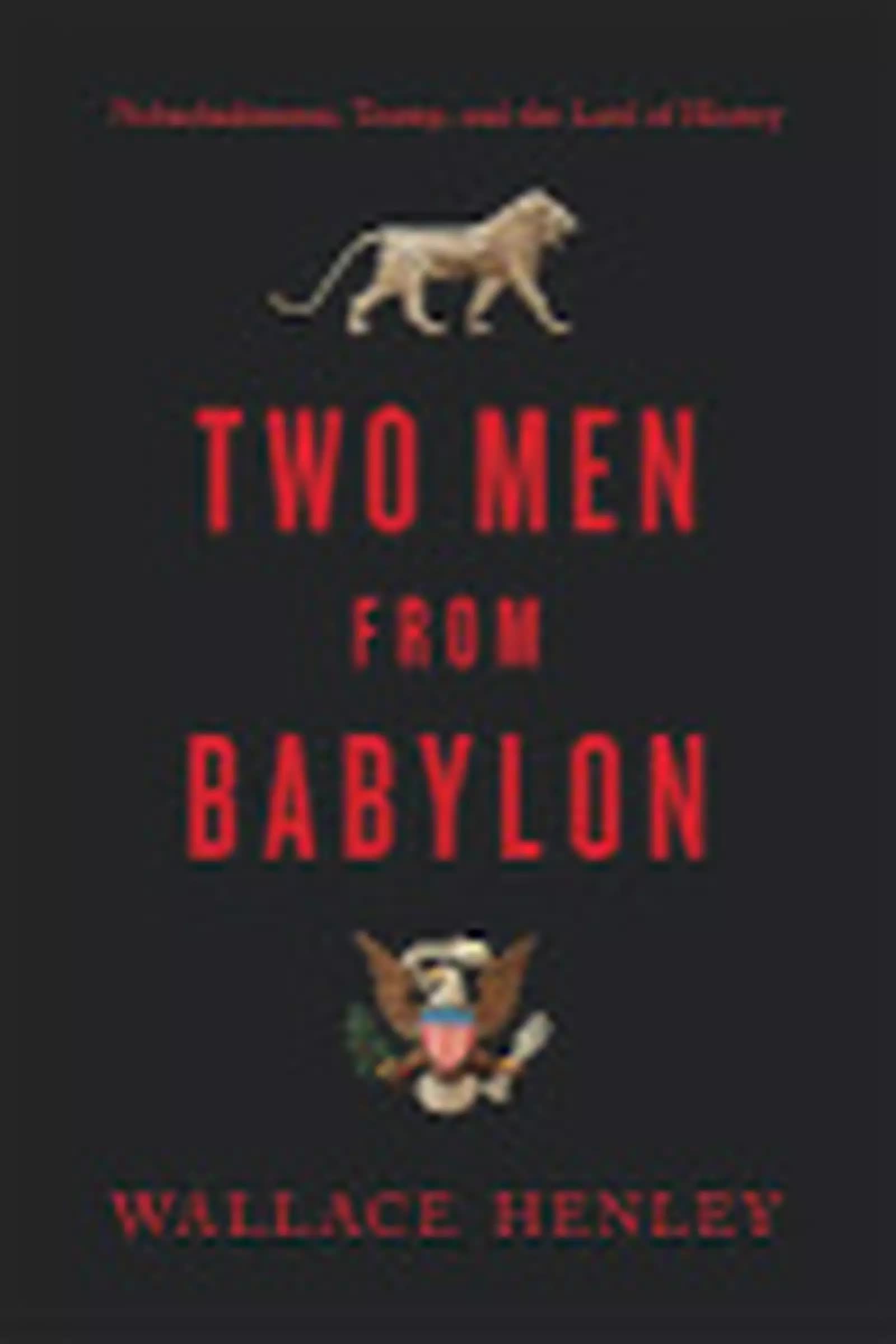Before the Golden Age of Greece, and long before the Roman Empire, there was Babylon.
Long after Greece and Rome, there is still Babylon.
The founder of what would ultimately be literal Babylon was Nimrod, a man described in Genesis 10:8-9 as “a mighty hunter before the Lord.” In his commentary on Genesis, Matthew Henry described Nimrod like this:
Nimrod was resolved to lord it over his neighbours. The spirit of the giants before the flood, who became mighty men, and men of renown ... revived in him. Nimrod was a great hunter. Hunting then was the method of preventing the hurtful increase of wild beasts. This required great courage and address, and thus gave an opportunity for Nimrod to command others, and gradually attached a number of men to one leader. From such a beginning, it is likely that Nimrod began to rule, and to force others to submit.
Centuries later in 620 BC, Nebuchadnezzar, a successor to Nimrod, became the ruler of Babylon and would demonstrate that founders of a nation inject their spiritual DNA into their offspring. Nimrod himself bore the DNA of the “giants,” the “mighty ones” who descended from the Nephilim (Genesis 6:4). The Bible reveals that at the core of the Nephilim spirit was self-pride and a passion for self-exaltation. This is the essence of “all that is in the world, the lust of the flesh and the lust of the eyes and the boastful pride of life” (1 John 2:16).
This also is the essence of Babylon in all its forms. Nebuchadnezzar, in his time as Babylon’s ruler, would pursue these lusts extravagantly—until, in a chaotic period in his personal life, he discovered the Lord of History.
Two Men From Babylon
In vision, style, and personage, many view Donald Trump as a type of Nebuchadnezzar, a child of ancient Babylon. In AD 2016, he, a child of modern Babylon, became the president of the nation at whose gates she sits. Thus, even though the ancient city of Babylon became a desolate desert ruin, the Babylon image will not go away. It appears in several varieties across history. Under Nebuchadnezzar, a desert waste became a city of splendor. Its very name, babilu, means “gate of god.” Nebuchadnezzar himself laid the spiritual foundations of the great city in his embrace and propagation of idolatry. One of the spectacles on the streets of Babylon was a gleaming image of Baal made of fifty thousand pounds of gold.
The Greek historian Herodotus (480–429 BC) wrote of the impressive nature of Nebuchadnezzar’s Babylon. The city was a huge square, each side spanning fourteen miles, with a walled enclosure fifty-six miles long, anchored by 250 towers, each 450 feet tall. The wall itself, according to Herodotus, was 300 feet high and 25 feet thick, backed by another wall of 75 feet. A moat surrounded the entire complex. Eight huge gates, including the spectacular Ishtar Gate, were embedded in the walls. Nebuchadnezzar’s famous hanging gardens bloomed lavishly, irrigated by hydraulic pumps bringing water up from the Euphrates.
City of Splendor, Empire of Terror
Nebuchadnezzar himself lived in the world’s most spectacular palace. To provide for all this splendor, Nebuchadnezzar turned Babylon into a terroristic state, raiding many other cities, including, in 589 BC, Jerusalem. It was here that the Hebrew exile Daniel would spend many of his days early in his captivity.
Then Babylon, the city of splendor that was also the empire of terror, became a conquered city. In 539 BC, Cyrus the Persian, in a sneak attack, diverted the Euphrates and invaded Babylon. Ultimately, the site of Nebuchadnezzar’s glorious city became a desolate desert ruin.
Modern Babylon
But Babylon did not disappear. In the Revelation visions of the apostle John, centuries after Nebuchadnezzar, it became the primary symbol of the world system organized without God and in defiance of the Lord of History, just like Nimrod.
Mighty cities are sometimes characterized in modern times as “Babylon,” but none as much as Donald Trump’s hometown—New York City. Peruvian author Mario Vargas Llosa gets the connection, and wrote:
In New York City I have always felt I was at the center of the world, in a modern Babylon ... from which, as from a giant heart to the extremities, there circulate to the globe all fashions and vices, values and nonvalues, usages, customs, music, images and prototypes resulting from the incredible mixtures in this city.
What we seek to show here is not that Trump is a reincarnation of Nebuchadnezzar but that the president bears a resemblance to a type of leader that recurs across history, seen graphically in Nebuchadnezzar. By the same token New York is no more a reincarnation of ancient Babylon than Donald Trump is a reincarnation of Nebuchadnezzar, but the city is yet another version of the spiritual characteristics of ancient Babylon.
Nebuchadnezzar hailed from and presided over the greatest city of his time—“Babylon the Great.” Donald Trump is from what many call the modern “Babylon,” New York City, and presides over a mighty nation that has dominated modern history just as Nebuchadnezzar’s Babylon overshadowed the ancient world.
 Excerpted from TWO MEN FROM BABYLON: NEBUCHADNEZZAR, TRUMP, AND THE LORD OF HISTORY. Copyright © 2020 by Wallace Henley. Published by Thomas Nelson. www.twomenfrombabylonbook.com.
Excerpted from TWO MEN FROM BABYLON: NEBUCHADNEZZAR, TRUMP, AND THE LORD OF HISTORY. Copyright © 2020 by Wallace Henley. Published by Thomas Nelson. www.twomenfrombabylonbook.com.
Photo courtesy: ©Getty Images/SAFAA ALSARAGNA
Wallace Henley was born two days before the attack on Pearl Harbor on December 5, 1941. After serving as a White House aide during the Nixon administration, Henley went on to become an award-winning journalist for the Birmingham News in Alabama. He is the author of more than twenty books, including God and Churchill with Jonathan Sandys, Winston Churchill’s great-grandson. Henley has led leadership conferences around the globe. He has been married to his wife, Irene, for more than fifty years. They have two children, six grandchildren, and four great-grandchildren.